| T O P I C R E V I E W |
| nalslan |
Posted - 16/09/2023 : 05:16:57
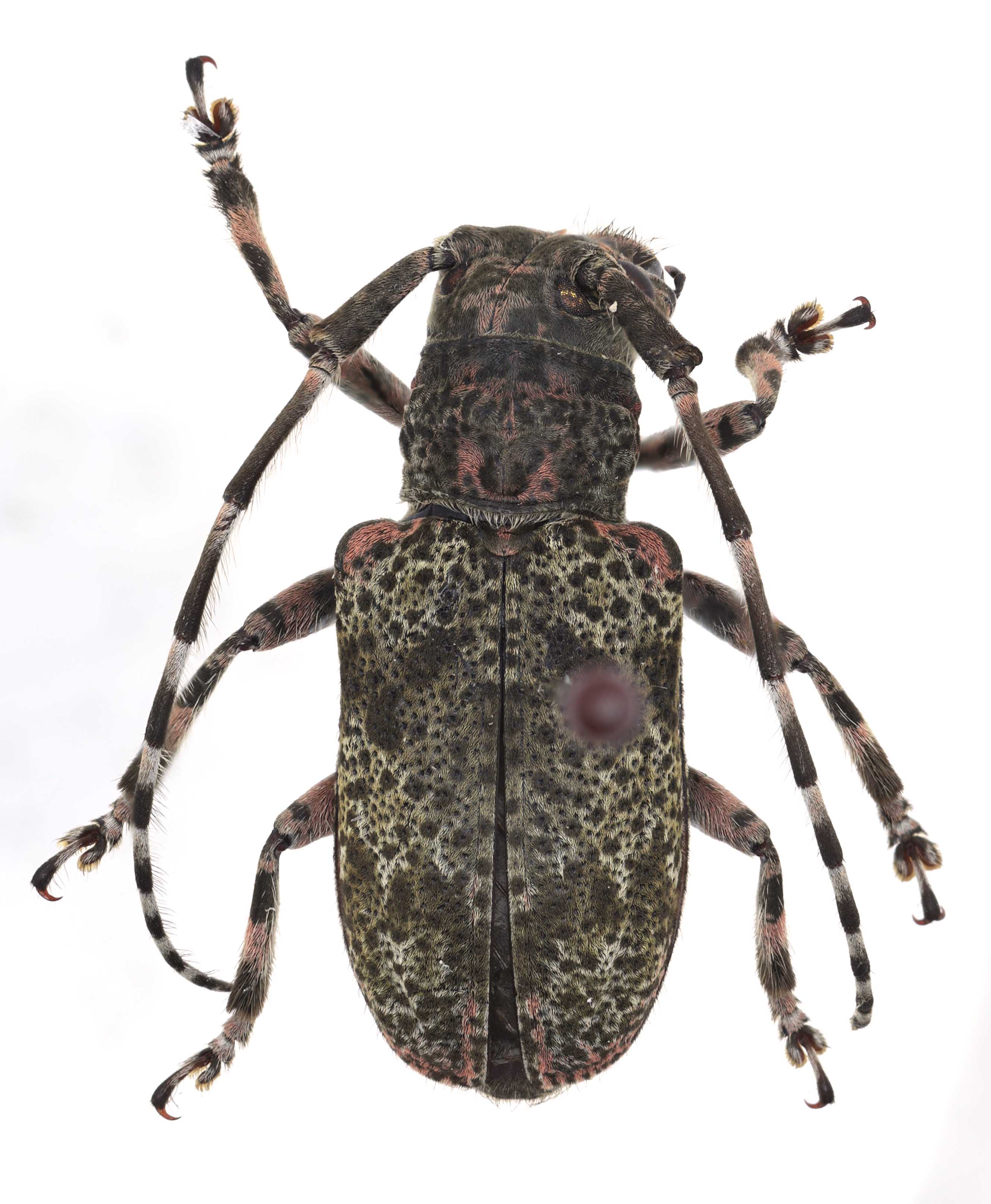 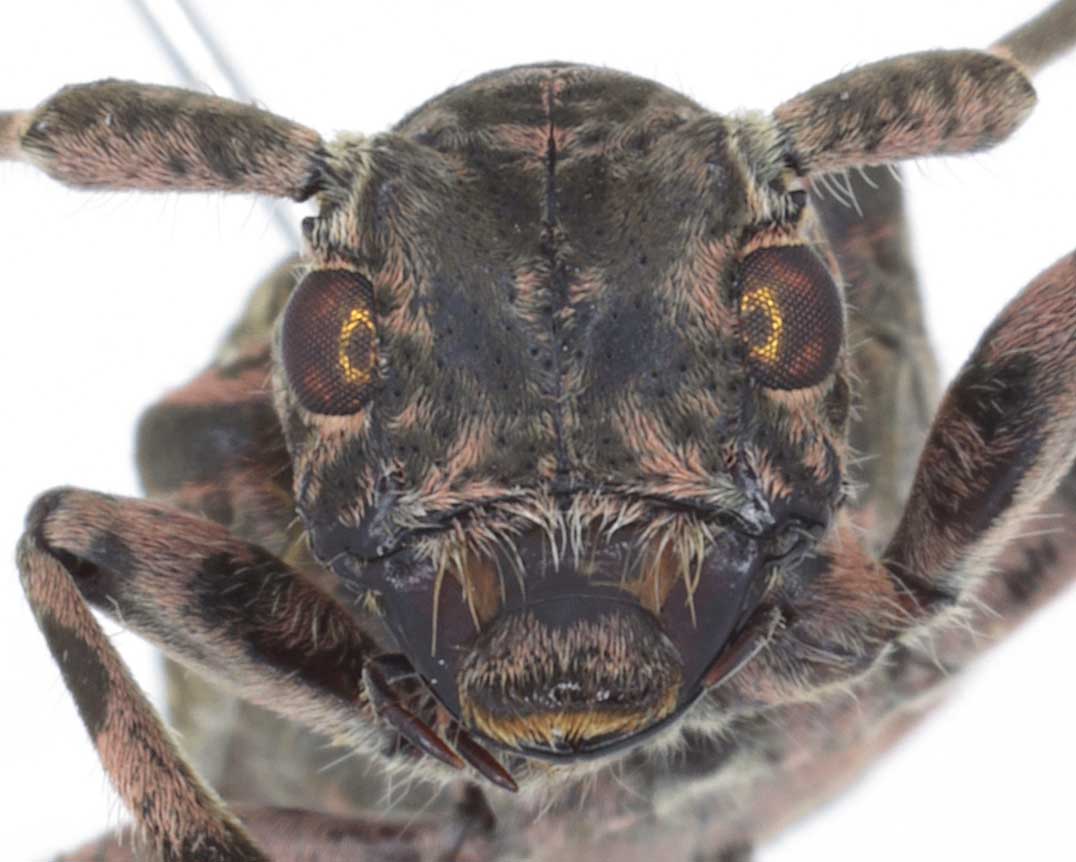
16 mm. from Ziyun, a southern county of Guizhou. China: Coptops sp 1
I could not find a fit.
Any idea? Thanks.
|
| 8 L A T E S T R E P L I E S (Newest First) |
| Xavier |
Posted - 19/09/2023 : 18:36:15
Yes, the third one is the same species ! |
| nalslan |
Posted - 18/09/2023 : 14:48:49
These two specimens of your post are a pair (the left two in my image). They have same ratio of lower eye lobe to gena.
The third one could be another species, or just a lighter colore male of the same species.
quote:
Originally posted by Xavier
Depending on the species, the length of the eyes and cheeks may differ between the sexes of cerambycidae.
I remain convinced that your specimens are from the same species, despite the difference in colour: same black spots on legs, on elytra, etc:
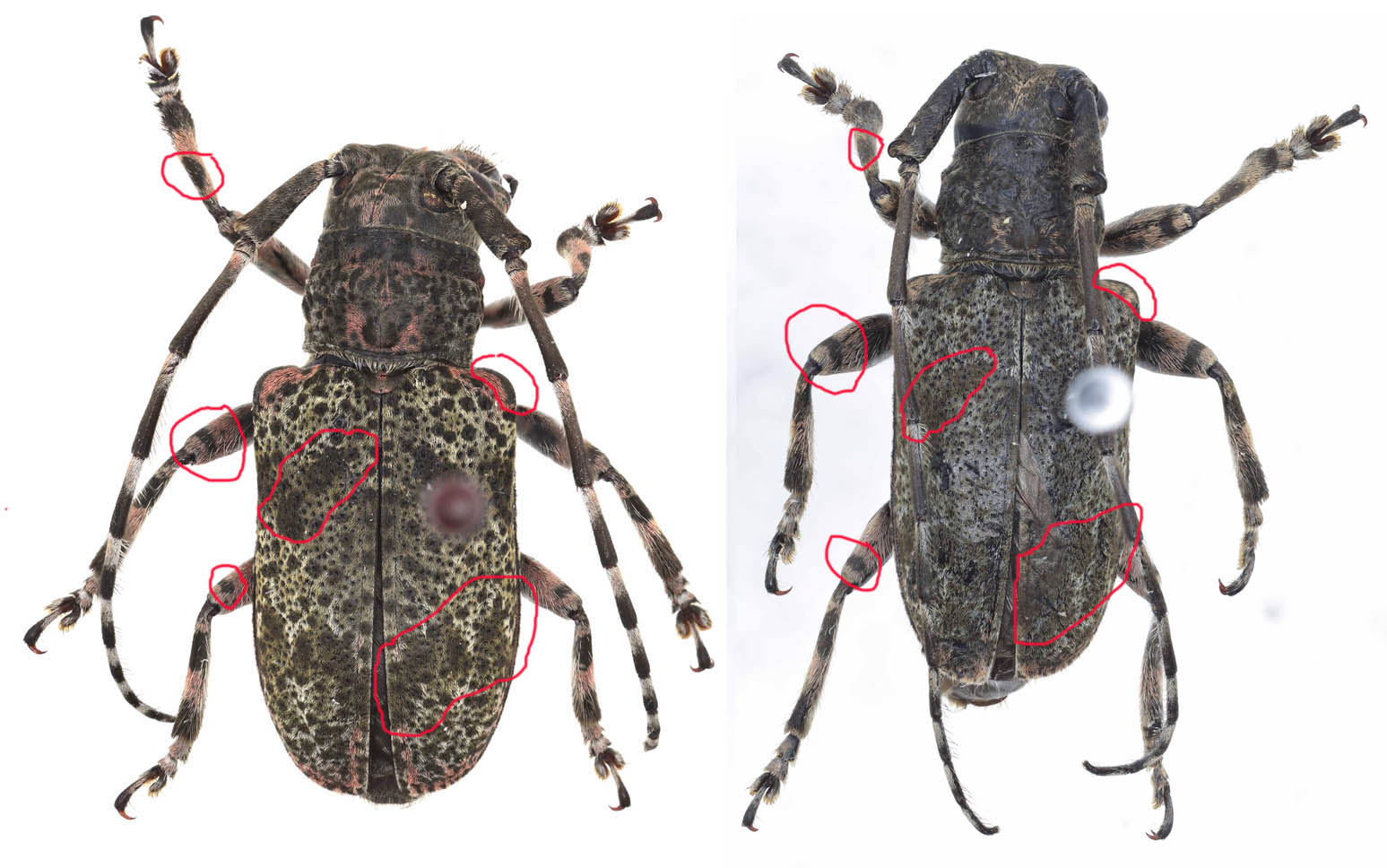
210.18áKB
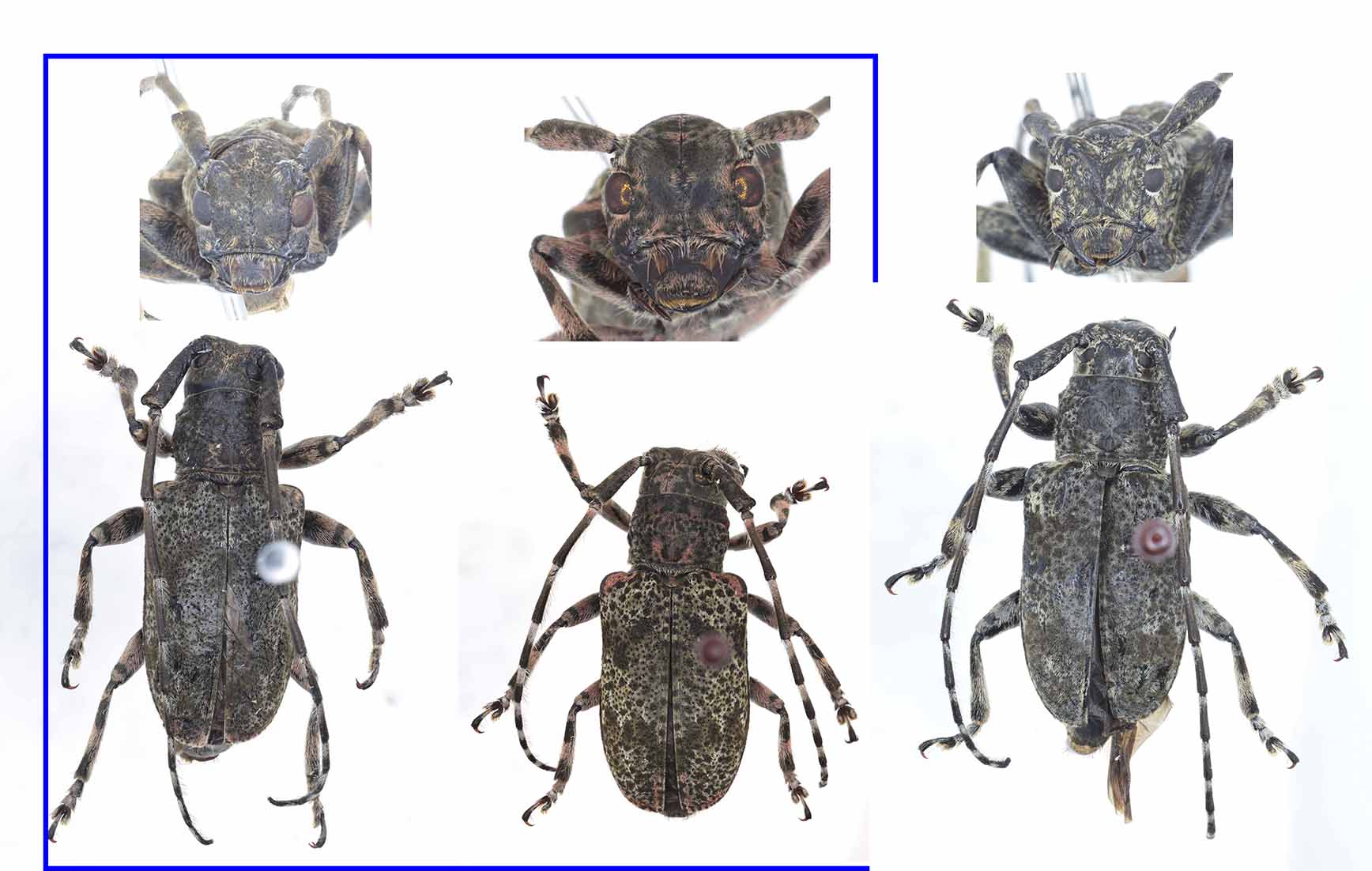
169.62 KB |
| Xavier |
Posted - 18/09/2023 : 12:57:44
Depending on the species, the length of the eyes and cheeks may differ between the sexes of cerambycidae.
I remain convinced that your specimens are from the same species, despite the difference in colour: same black spots on legs, on elytra, etc:

210.18áKB |
| nalslan |
Posted - 18/09/2023 : 09:31:29
Thank you Xavier, I'll check C. szechuanicus.
And I think they are not the same species. Attatched 3 figs here. Fig 1 and fig 2 are the male of the one with disersed red hairs and its head. Fig 3 is the head of the gray specimen.
The sizes of their lower lobe of eyes and ratios to gena are different.
  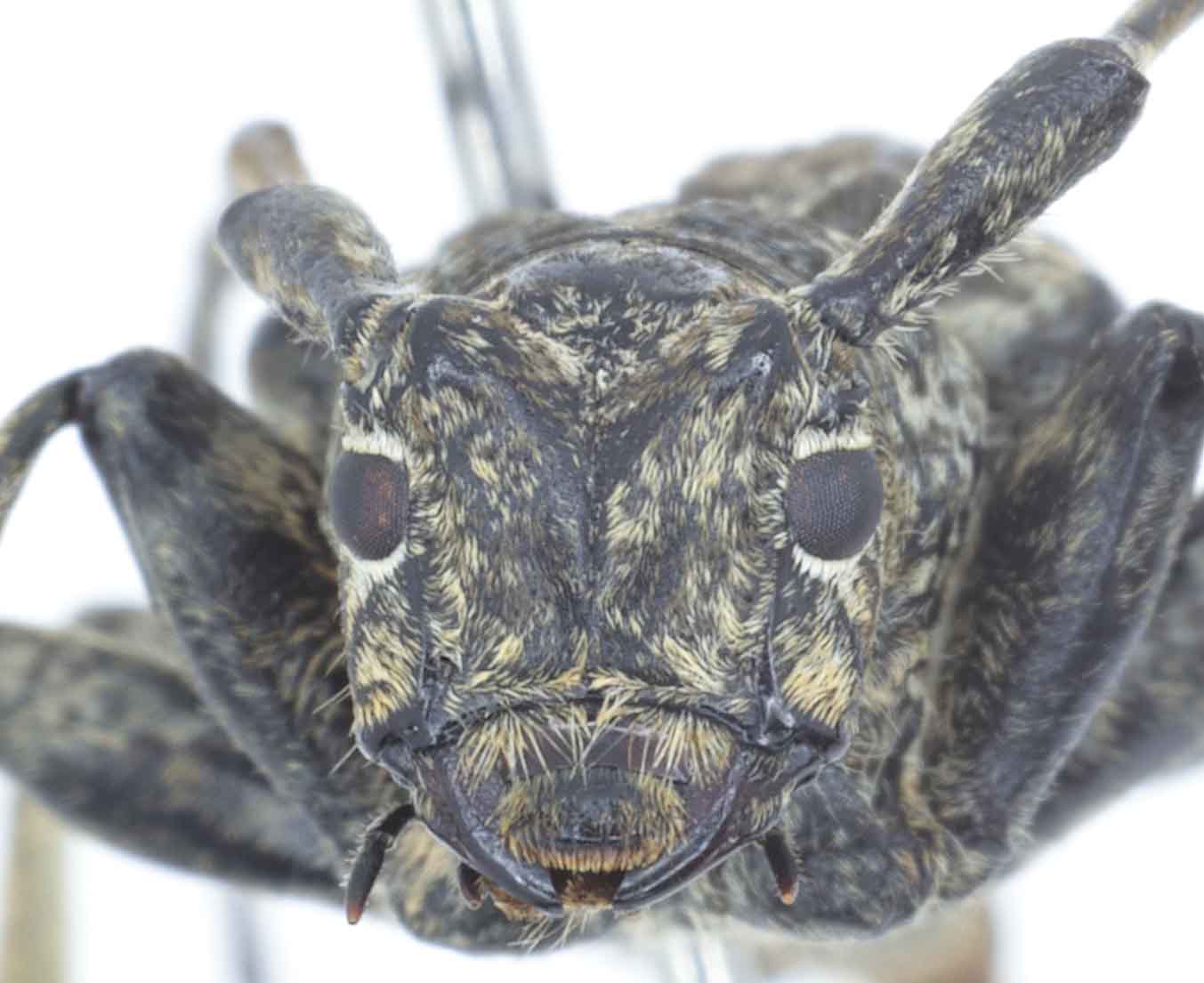 |
| Xavier |
Posted - 17/09/2023 : 10:58:21
I think it is Coptops szechuanicus Gressitt, 1951 described from Sichuan, which has 2 dark zigzag bands on elytra, but check the description:

360.06 KB |
| Xavier |
Posted - 17/09/2023 : 09:52:57
Yes, the shape of the scape and the subdivided eye do not correspond to the genus Leptomesosa.
This species is the same, no ? I add pictures to compare :
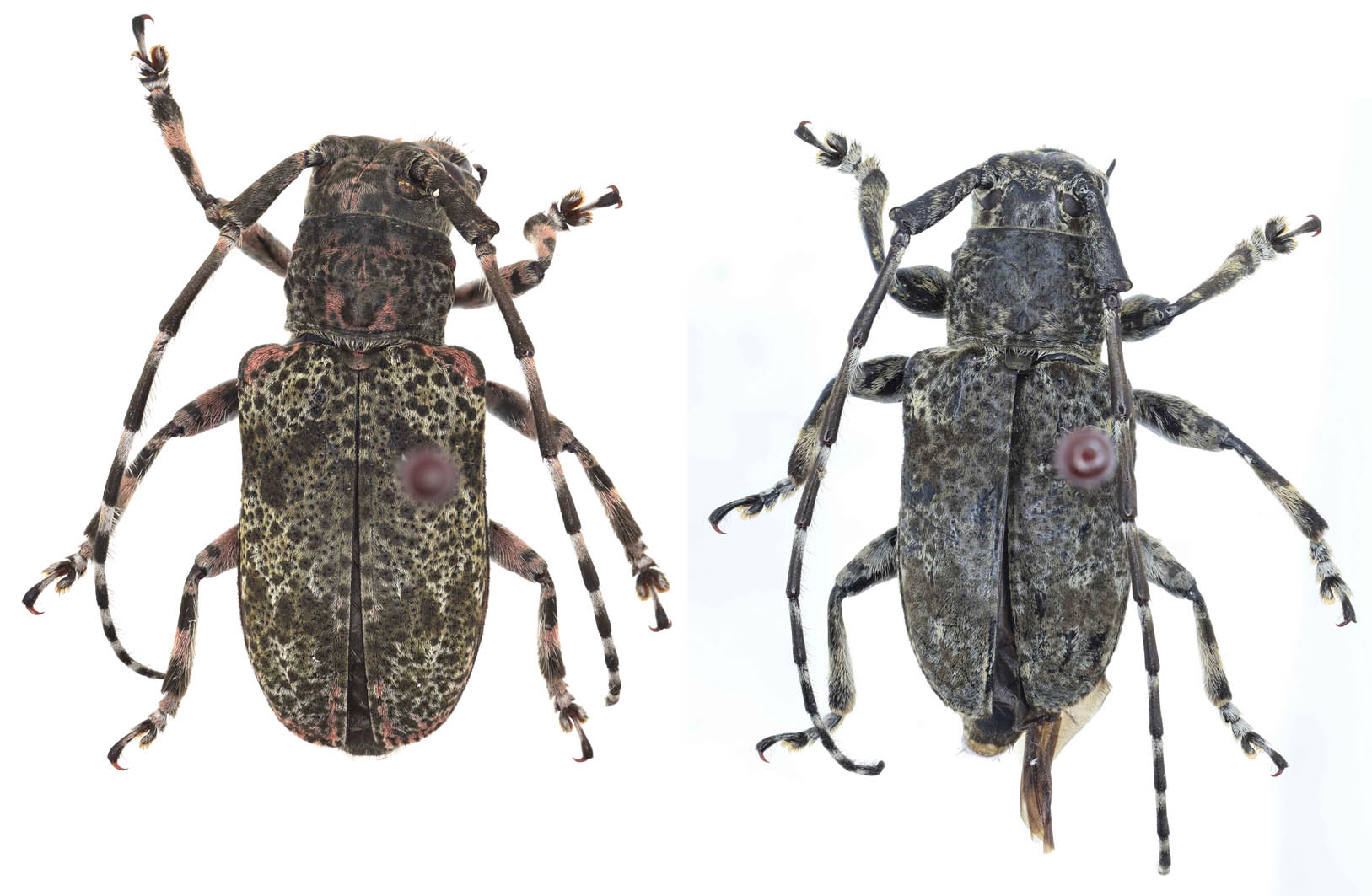
219.79 KB
The grey specimen is undoubtedly a male, with a more developed tooth at the front of the pronotum than the female. So you're probably right about the Coptops genus. |
| nalslan |
Posted - 17/09/2023 : 04:24:10
Thank you, Xavier. I am not sure... from the lateral view below, I think the compound eyes are divided, not "deeply emarginate, but not devided" as the key in Gressitt (1951) for Leptomesosa.
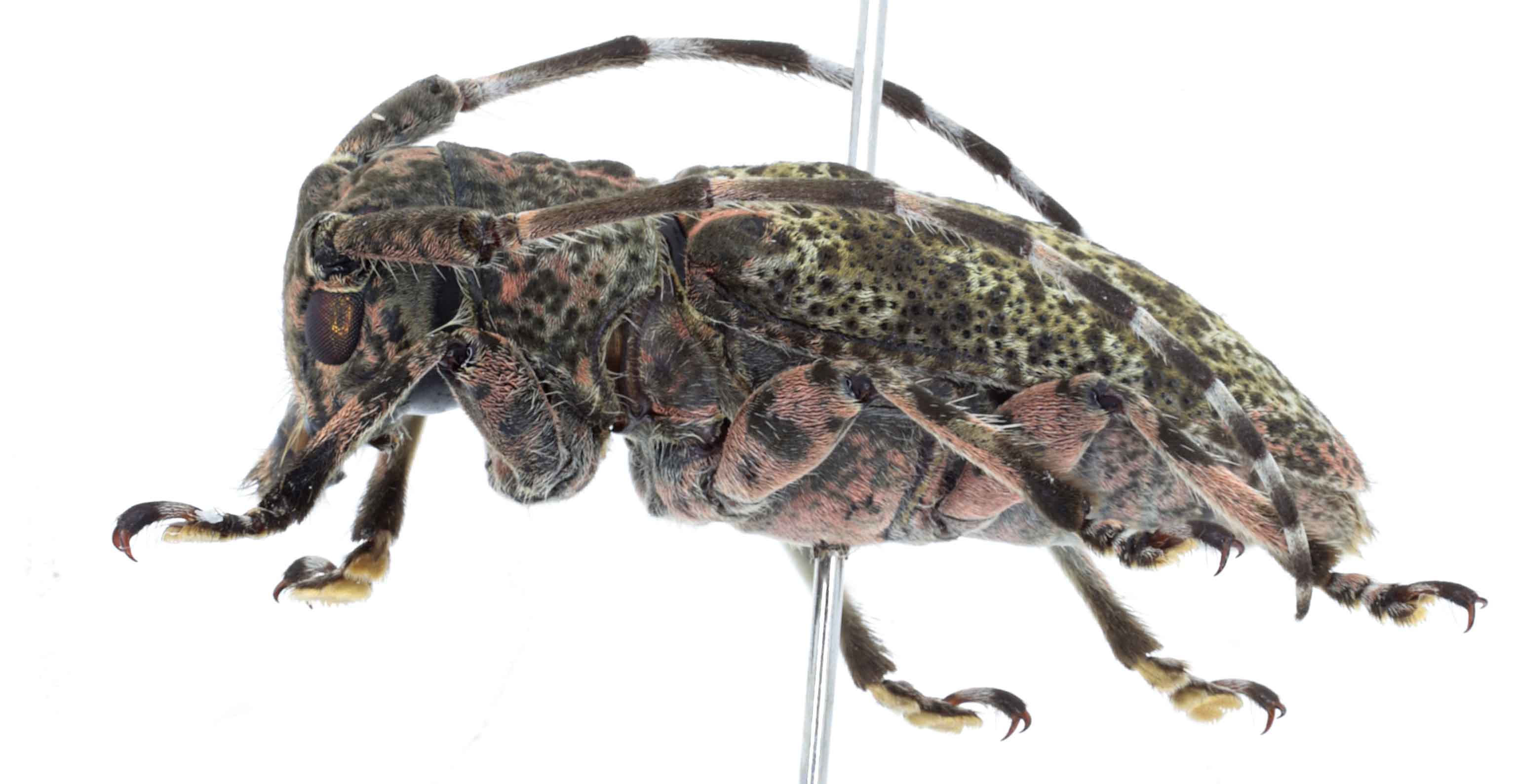
185.16áKB |
| Xavier |
Posted - 16/09/2023 : 10:29:08
It is not a Coptops sp.; It looks like a Leptomesosa sp. |


